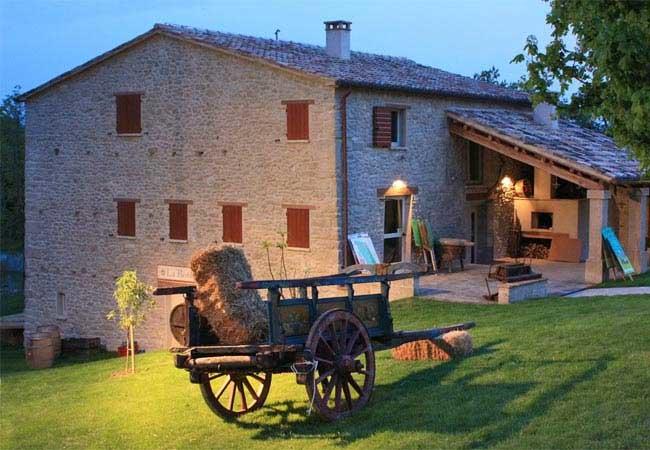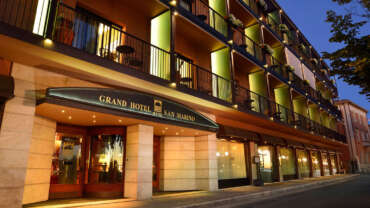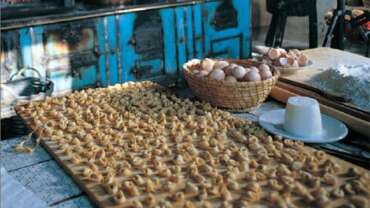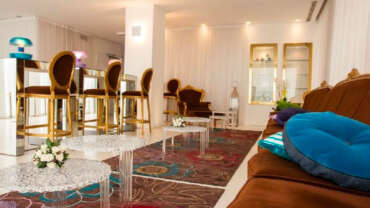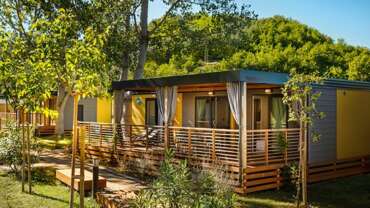Experiences in San Marino
Culture
UNESCO World Heritage, San Marino and Monte Titano:
“Are an exceptional testimony of the establishment of a representative democracy based on civic and self-government, having exercised a unique, uninterrupted continuity as the capital of an independent republic since the thirteenth century.
San Marino is an exceptional testimony to a living cultural tradition that has lasted for 700 years.”.
L’arte è la manifestazione più esplicita di questo patrimonio culturale: le opere e i monumenti perfettamente conservati sul Titano raccontano tutta la storia di questa antica Repubblica.
Art is the most explicit manifestation of this cultural heritage: the works and perfectly preserved monuments on Titan tell the whole story of this ancient Republic.
Starting from the three towers that rise imposing symbol of this ancient city-state that has always defended its freedom and independence.
There are also churches, palaces and squares of great beauty, such as Piazza della Libertà (Freedom Square), from which the view across the valley is beautiful, and museums where understand and investigate the past but also the present of San Marino.
But there are also other buildings and sites featuring the City of San Marino and its culture. The Library and the State Archives, theaters, such as the old Titano Theatre, and the State University, founded in 1985.
National Museum
Opened to the public in 1899, the National Museum was situated in Palazzo Valloni but, as of March 18, 2001, it was reopened to the public after moving to another antique building in the historical city center, Palazzo Pergami Belluzzi. Today, the Museum has a collection of almost five thousand pieces, many of which are native to the Country and its history.
The museum holds archaeological finds from the Neolithic to the Middle Ages (the famous bronze statues of “Tanaccia” and the gold stud of the “Treasure of Domagnano“), paintings and sculptures by Guercino, seventeenth-century paintings and ancient coins of San Marino (1865-1938) as well as artifacts from ancient Egypt, Etruscan and Roman.
A rich and varied collection, both for historical periods and for the type of object, obtained through donations arrive on Titan from all over the world.
The main benefactor of the museum collection was the Italian Count, Luigi Cibrario, Minister of the Kingdom of Italy and consultant to the San Marino Government from 1862. In fact, Count Cibrario was the first to donate to the Museum. The antique bibliographic documents, from his private collection enriched the National Library. After his example, many other Italian intellectuals and political figures donated valuable items to the small State. In fact, at the time the most ancient Republic in the world symbolized the myth of the rebirth of a nation and with the donations these persons wanted to demonstrate their admiration.
Museum of the Agricultural Culture
The House of Fabrica in Montecchio is one of the oldest patronal house of the territory of San Marino: already mentioned in the year 1770 in the Register of landed property of the Republic of San Marino. .
Thanks to a big restoration and repairs always preserving the ancient characteristics, this building has been given back to the community.
The farm-house has been recovered after many years of carelessness with the mutual efforts of State Secretary for Territory, the environment and Agriculture, the Castle Council of the Town and the Committee of the Territory of San Marino, with the purpose of opening it to everyone.
From this project comes the Museum of Rural Life and Traditions of the Republic of San Marino, which contains all the precious treasures related to the conditions and habits of life and work of the rural civilization of the past.
The main rooms of the home country were perfectly reconstructed: the kitchen, the bedroom, the room of the old loom and women’s work, the barn. There are also many ancient objects that can be seen: hoe, sickle, copper pots and an old iron coal. Further, a slingbar, an ancient loom, an old cradle, the “matra”, cereals and much more.
A cultural heritage of inestimable value to discover and return to future generations as a testimony of the traditions and culture that can not be forgotten.
Museum of Curious Objects
The longest nails in the world, eyeglasses to cure strabismus, 60-cm high wooden clogs to wear during the high-waters in Venice, flea trap, these are just some of 100 or so “peculiarities” conserved in this one-of-a-kind collection which is situated in the over 600 sq. meters of the Museum of Curious Objects. Extravagant inventions, unusual characters and rare objects, a mix not found anywhere else.
During the summer, visitors remain quite amused by the special transportation service which connects the museum to the parking areas distant from the city center; no traditional vehicle but a 1913 Ford motor-coach, still in good working order.
Museum of Torture Instruments
Inquisitory chair, Knee-breaker, Guillotine, Traction bench: just a few of the names which evoke medieval torture instruments. The San Marino Museum has a collection of over 100 devices, invented by man to procure physical pain, and even death. Some of the instruments are original and date back to the XVI or XVII century; others are reconstructions of the 1800’s and 1900’s.
The Museum is well worth a visit since, compared to similar collections, the San Marino exposition presents less-known instruments; such as, a skinning device (“Gatta da Scorticamento”), the heretics fork (“Forcella dell’Eretico”).
Wax Museum
Here you can find the period of Italian Resurgence (Risorgimento), represented by Giuseppe Garibaldi and King Vittorio Emanuele. But there are also persons famous for taking part in “key” episodes in the history of San Marino; such as Antonio Onofri who “negotiated” with Napoleon and St. Marino, depicted in his first refuge hollowed in the rock.
There are40 shistoric scenes and 100 representations of famous persons in costumes and ambients of the various periods of the thousand-year history of the Republic as well as international persons and events.
The Museum has two special thematic sections: one dedicated to the opera artists, the other to torture instruments.
Gallery of Modern and Contemporary Art
The San Marino Biennale season was inaugurated in 1956. The story of the Gallery of Modern and Contemporary art starts with this event. At the first exposition, with the participation of over 500 artists, the famous Italian artist, Renato Guttuso, was a member of the jury. The experience was repeated every two years, also with the objective to constitute a collection of contemporary art in San Marino.
In fact, the National collection of Modern and Contemporary Art consists of 750 pieces, dating back to the period beginning in the early XX century. The collection includes drawings, watercolors, sculptures and photographs received in donation or bought or commissioned directly from the artists. The works of many famous artists; such as: Renato Guttuso, Corrado Cagli, Emilio Vedova, Achille Perilli, Enzo Mari, Enzo Cucchi, Sandro Chia, Gian Marco Montesano, Luigi Ontanima are on display. There are, as well, the works of young, emerging artists.
Monuments
3 Towers
Rocca Guaita (1st Tower)
Rocca Cesta (2nd Tower)
Montale (3rd Tower)
Pieve – Basilica del Santo
Church of San Francesco
Porta di San Francesco
Public Palace
Piazza della Libertà
Ancient monastery of Santa Chiara
Church of San Quirino



